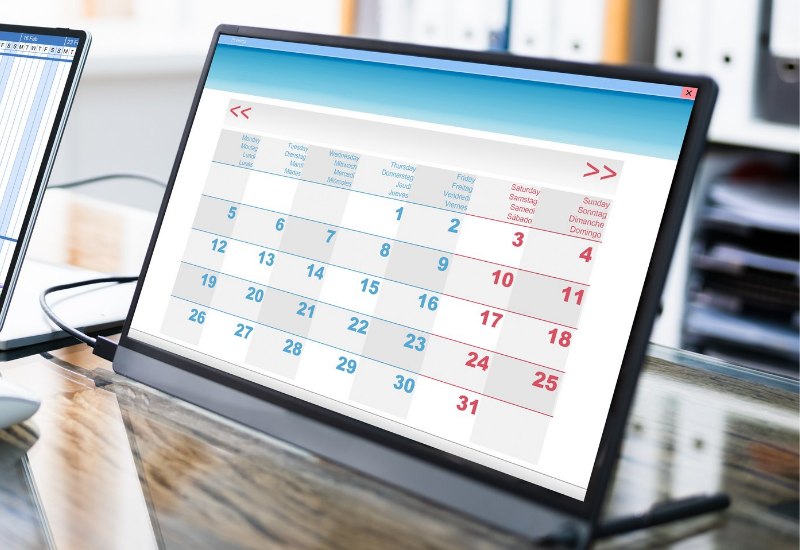Teacher Perspective: Working on Multiple Grade Levels at Lindsay
Teacher Brandy Quintero explains how advanced students can work at a higher level in a competency-based learning system.

Transcript: Brandy Quintero: So at the beginning of the year, you know, when you first get to start knowing the student, you look at their data, but then when that actually translates to the person in the classroom it can be a little bit different. You've got to look at motivation, their personal intrinsic motivation. So she started working in – she was turning everything in on time, she had like the revision process down, she knew how to revise her own work, she knew how to get help. So she already had like some of those processes that you try to teach ninth graders when they're coming in to be accountable for themselves; she already had those down. And so then I started realizing that the quality of her work, the synthesis of ideas, she was already naturally doing that. And so I just had a conversation with her back in November and I said, "Hey, you're doing Level Four work already. Ninth and tenth grade standards are very similar as far as the reading-based – the Common Core," you know. They put them into a bandwidth, and so you cite evidence at ninth grade, you're citing it at tenth grade. So if you're doing it a Level Four you're actually kind of doing it at a tenth grade level already, because you're doing it above a ninth grade level. And there are a few standards that are different between ninth and tenth. [...] So I just let her know we went to our website and I said, "Here's all the stuff for tenth B," because that's primarily what was different. I said, "This whole module about the Holocaust and reading foundationally U.S. documents, we don't do that in ninth grade, but you've got to do it in tenth grade. So I'll walk you through the first steps," and I give the capacity matrix. I said, "When you're finished with the first step let me know, or you can just move on by yourself." And so she's just been going off of the website and the capacity matrix and kind of doing her checklist. And when she finishes the work she turns it in to me and I give her feedback, and then I say, "All right, go to the next assignment." And, again, just because of the level of student she is, I haven't had to do a whole lot of direct instructions because she already came in with those skills. So we're not limiting her to being like lock step, "No, you've got to do ninth grade your ninth grade year, tenth grade your tenth grade year before you can do AP language. No, you've got the skills. According to the state of California you do have to do the two years of English. But, hey, you can do them in one because you've got the skills. So let's get those done," and then next year as a tenth grader she'll be in AP language.
Explore More

Increasing Student Buy-In with Targeted Communications (NYC SWOW)
Through their participation in TLA's Strategy Lab: Virtual & Hybrid program, NYC School Without Walls designed and piloted a program that...

Early College Credit
High schools can offer early college credit and dual enrollment to students to give them a head start on their post-secondary pathway.

Flexible Scheduling for Virtual and Hybrid Learning
Virtual and hybrid schools can offer flexibility in scheduling for students to decide what will best meet their needs, learning...